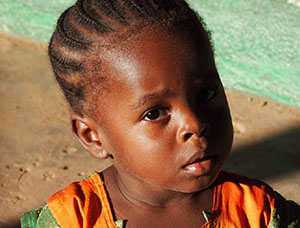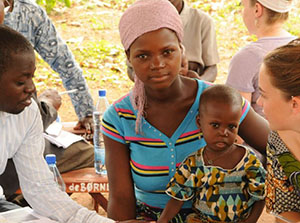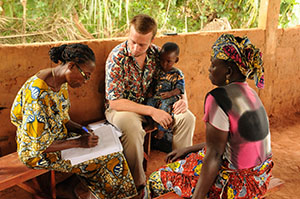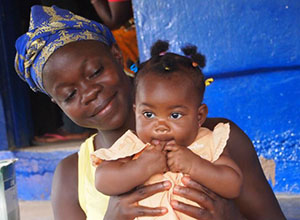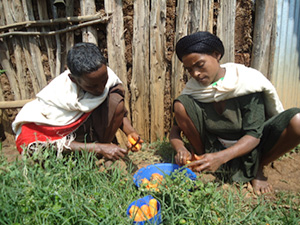Mapping Capacity for Nutrition
Despite the fact that there is a global consensus on actions that are essential to address undernutrition, the workforce to promote those actions is often insufficient and unqualified for the task. Realizing the gravity of the undernutrition problem, USAID’s Multi-Sectoral Nutrition Strategy 2014-25; has prioritized increasing the number of formally trained professional and frontline workers in nutrition as two of its high impact actions.
